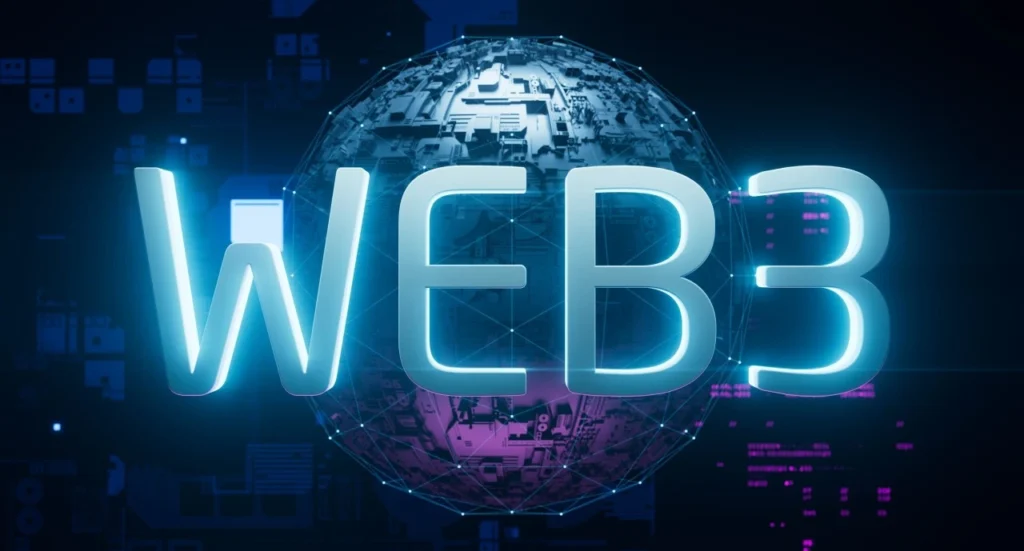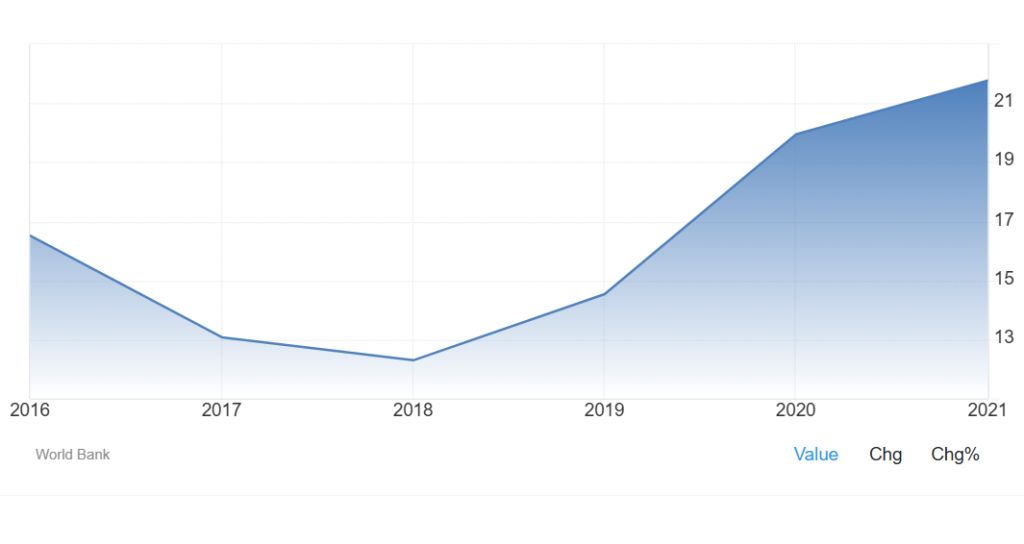Why Gold Tokenization in Indonesia Is Gaining Ground in 2025: A Closer Look at the Digital Gold Wave
July 2, 2025

A New Era of Gold Ownership Begins in Indonesia
Gold has long been embedded in Indonesian society—passed down as inheritance, held for spiritual and cultural reasons, and relied upon in times of crisis. But in 2025, a significant change is underway: traditional gold is moving on-chain. The rise of gold tokenization Indonesia is quietly redefining what it means to own, use, and transfer gold. Instead of buying physical bars or jewelry, Indonesians can now purchase digital tokens that are backed by real, audited gold stored in secure vaults. These tokens live on blockchain networks, allowing them to be instantly transferred, tracked, and even integrated into digital finance applications. This is not just about convenience—it represents a wider behavioral shift in how Indonesians approach wealth. With rising inflation, global economic headwinds, and a youth population eager for mobile-first financial tools, tokenized gold has found its moment.
The Infrastructure Behind Indonesia’s Tokenized Gold Boom

Source: TREPLIN NUMERIQUE
The popularity of tokenized gold in Indonesia would not be possible without a rapidly maturing infrastructure. As of 2025, local platforms offering gold-backed tokens have made major strides in compliance, UX design, vault transparency, and asset custody. Regulatory support from BAPPEBTI has created a clearer framework for commodity-backed tokens, enabling platforms to operate with more legitimacy and user trust. Wallet apps now allow Indonesians to buy gold with as little as IDR 10,000, see real-time market prices, and confirm the token’s on-chain audit trail. The top-performing platforms also provide integrations with DeFi tools, allowing users to earn interest or collateralize their gold without selling it. With improved education and Web3 accessibility, gold tokenization Indonesia is no longer limited to crypto natives—it’s reaching middle-class users, small business owners, and even conservative savers who never previously touched blockchain.
Why 2025 Marks a Behavioral Shift in Gold Investment

2025 is not just another year of adoption—it marks a psychological inflection point in how Indonesians view and use gold. Traditionally, gold was a dormant asset: you bought it and kept it. But tokenization has turned gold into something more active, flexible, and productive. People can now transfer digital gold to family with zero fees, use it in lending platforms, or include it in automated savings plans. For many, this new usability is what finally unlocks gold’s potential as a modern investment tool. Moreover, in a generation raised on apps and real-time transactions, the idea of holding static, physical gold feels increasingly outdated. With gold tokenization Indonesia, the asset remains the same—but the experience is completely reimagined. And this new interaction is quickly becoming the norm, especially among investors in their 20s and 30s.
Web3 and DeFi Are Turning Gold Into a Functional Asset

Source: Ledger Insights
Until recently, gold was often excluded from Web3 utility. It wasn’t programmable, composable, or liquid in any meaningful way. That has changed. In 2025, tokenized gold is one of the fastest-growing segments in decentralized finance (DeFi). Users can stake gold tokens to earn passive yield, borrow against them using over-collateralized loans, or trade them on decentralized exchanges—all without converting to fiat or losing exposure to the underlying asset. In Indonesia, these use cases are becoming more popular among users who want to preserve the safety of gold but also participate in blockchain-based finance. The result is a fusion of stability and innovation. Gold tokenization Indonesia is proving that you don’t have to choose between heritage value and modern financial flexibility—you can have both, simultaneously.
Cultural Fit and Sharia Alignment: Tokenized Gold Finds Its Place
Indonesia’s cultural and religious context has also played a major role in the rise of tokenized gold. With over 85% of the population identifying as Muslim, financial products that align with sharia principles tend to gain trust and adoption more easily. Gold, being a tangible and interest-free asset, is already widely accepted in Islamic finance. Tokenization simply extends that acceptability into the digital world. Several platforms now partner with sharia-compliant custodians, and some are even exploring zakat and waqf features using tokenized gold. In rural areas, community savings groups are also starting to experiment with digital gold as a group wealth-building tool. As the country balances tradition with modernity, gold tokenization Indonesia stands out as one of the rare financial innovations that fits comfortably within both worlds.
Regional and Cross-Border Possibilities Are Taking Shape
Indonesia’s leadership in tokenized gold is beginning to ripple beyond its borders. With millions of Indonesians working abroad—especially in Malaysia, Singapore, and the Middle East—remittance use cases are emerging. In 2025, some platforms are piloting systems that let workers send home tokenized gold instead of unstable fiat, avoiding fees and ensuring value retention. These experiments highlight the broader potential of gold tokenization Indonesia as not just a national innovation, but a regional financial tool. There’s also interest from ASEAN neighbors who see Indonesia’s model as a blueprint for integrating gold into cross-border decentralized systems. This creates a new role for tokenized gold—not just as an investment, but as a secure, mobile medium of exchange that supports economic inclusion on a much wider scale.
What’s Next for Tokenized Gold in Indonesia?

Source: Trading Economics
Looking ahead, several clear trends are likely to accelerate. First, tokenized gold will continue to move into the mainstream, appearing in super apps, Islamic finance platforms, and even government-supported savings programs. Second, interoperability across blockchain networks will improve, allowing gold tokens to move more easily between Ethereum, BNB Chain, and emerging regional chains like Indonesia’s IDChain. Third, we may see deeper integration with local payment rails, making it possible to spend or pledge tokenized gold via QRIS or other domestic digital payment systems. These developments could make gold tokenization Indonesia not just a niche asset class, but a foundational layer in the country’s evolving digital economy. The goal is no longer just digitization—it’s full economic participation, powered by gold.
Conclusion: In 2025, Gold Tokenization Is Reshaping the Indonesian Financial Landscape
What began as a technical experiment is now rewriting the rules of wealth access and mobility. Gold tokenization Indonesia in 2025 represents a convergence of timeless value and frontier technology. It empowers people with more control, greater flexibility, and deeper transparency over one of their most trusted assets. For a country as diverse and dynamic as Indonesia, this is more than financial innovation—it’s a cultural upgrade. The path forward will bring regulation, competition, and new use cases, but the trend is already clear: gold is not fading in the digital age. It’s evolving—block by block, token by token—into something more useful, usable, and empowering than ever before.

